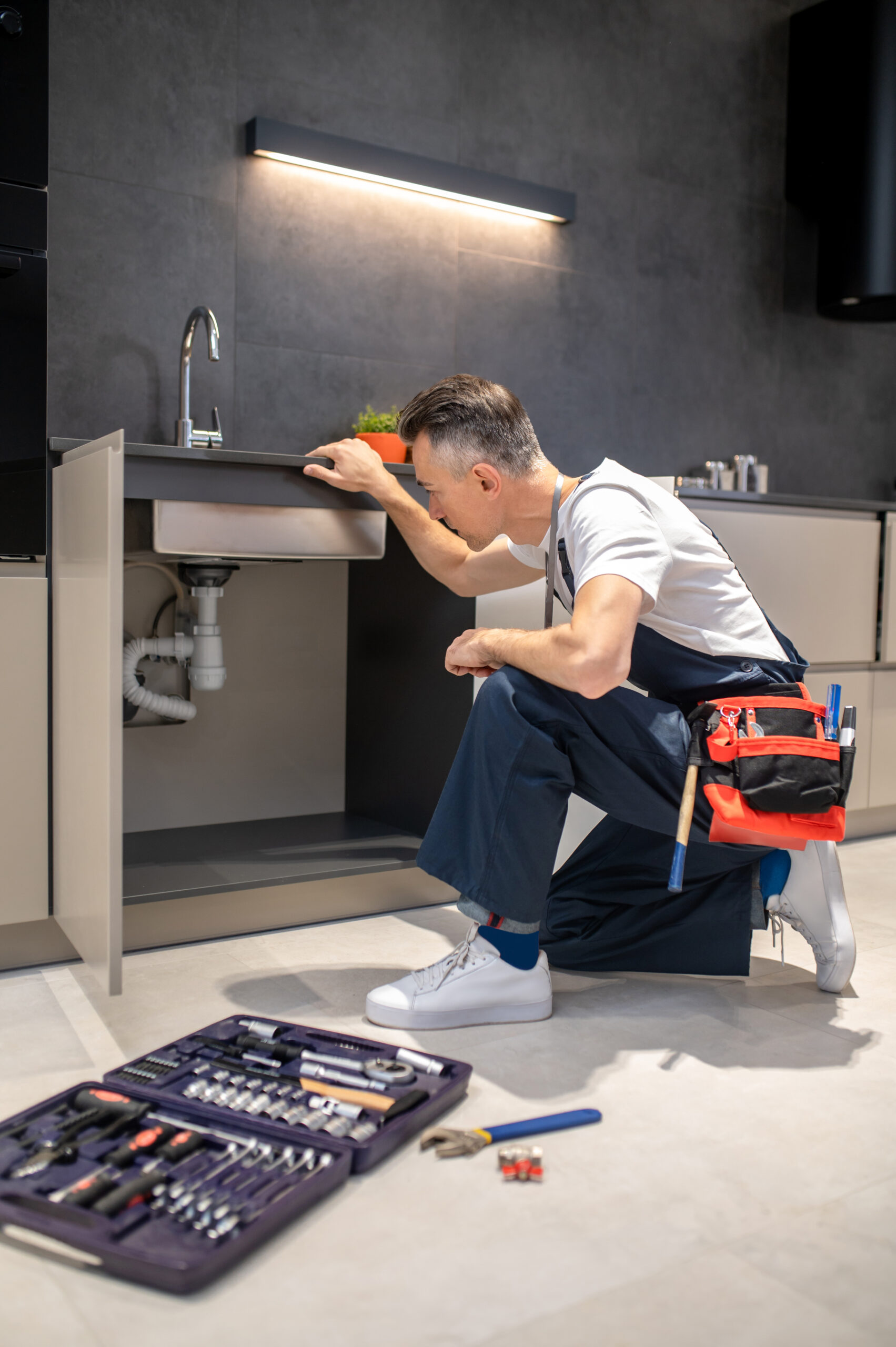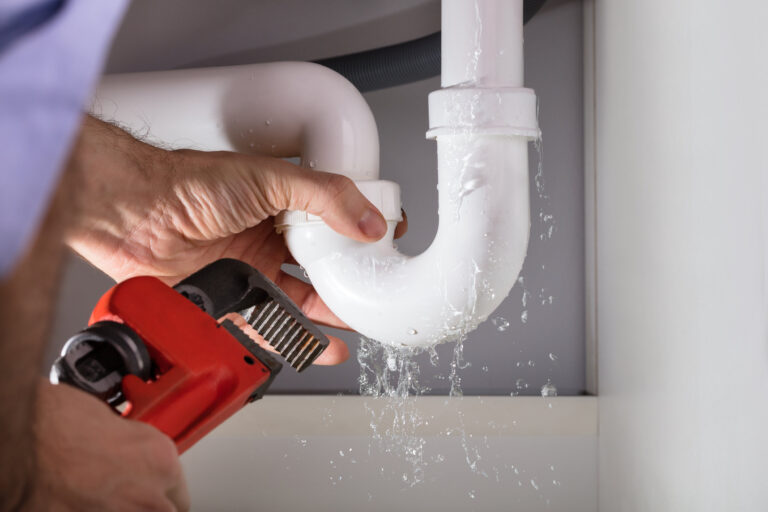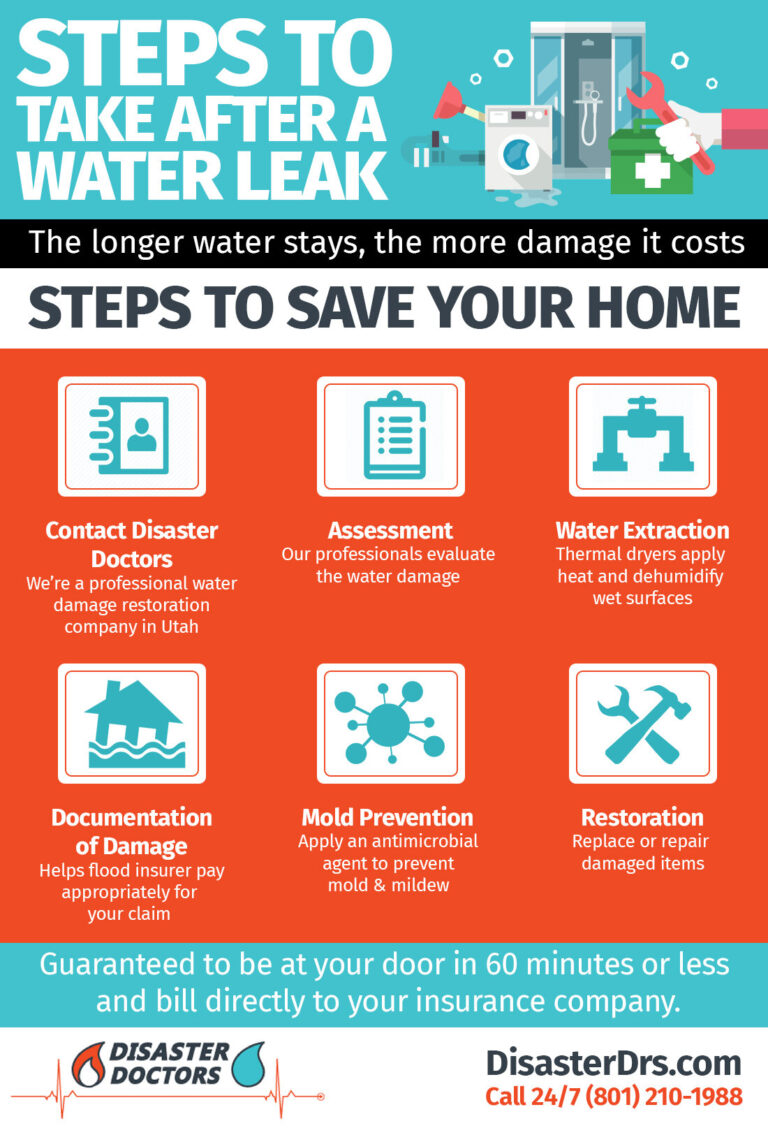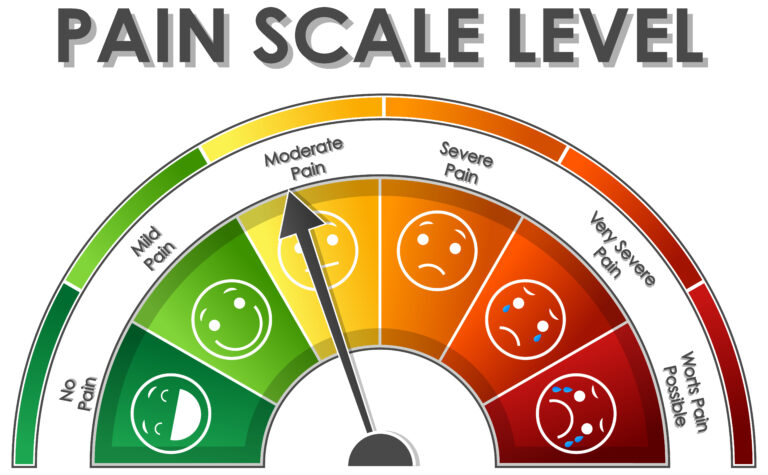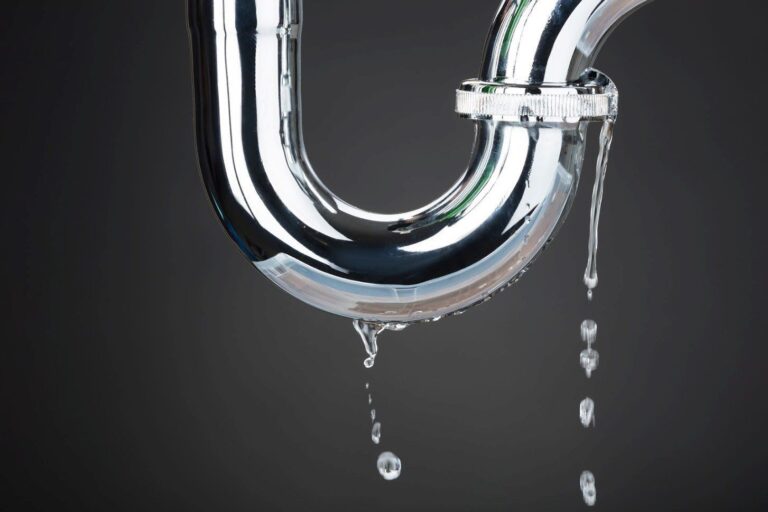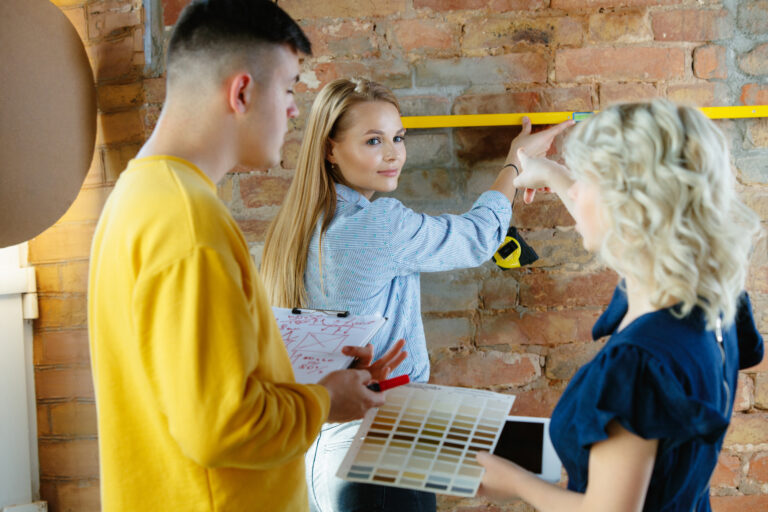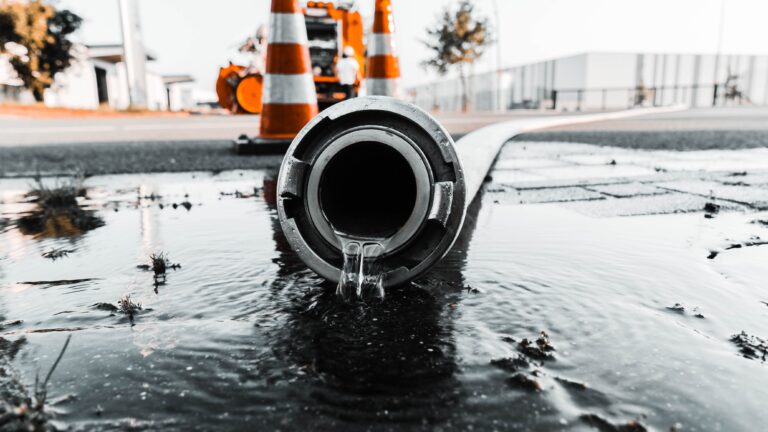How To Find A Leak?
Finding a leak in your home can be a daunting task. Leaks can lead to expensive repairs and water damage, so it is important to take the time to locate the source of the leak and repair it quickly. This article will provide an overview of the steps needed to find a leak in your home. It will also provide tips on how to prevent future leaks. Following these steps, you can find a leak in your home and repair it before it causes any major damage.
Identifying Possible Leak Points
Leaks can be difficult to locate, especially if they are hidden within walls or underground. To find a potential leak, check for common signs like the presence of water or wet spots. Look for any water damage, mold, or mildew in the area. Additionally, inspect the walls and floor for dampness, discoloration, or peeling paint.
Next, inspect the pipes and examine the joints and connections. Look for signs of corrosion, rust, or dirt buildup. In addition, poor water pressure could also be a sign of a leak. Additionally, if you can hear running water or gurgling sounds coming from the pipes, there might be a leak.
Outside the home, check the yard for any water buildup or wet spots. If you notice any suspicious spots, dig down about one foot to check if there is a leak in the pipes. Additionally, inspect the sprinklers for wet spots that could indicate a leak.
Finally, if you are still unable to locate the leak, contact a professional plumber. They have the expertise and tools needed to quickly locate and repair the leak.
Performing Visual Inspections
Finding a leak in your home or business can be a daunting task. However, performing visual inspections can be a great place to start. Checking for any signs of moisture, discoloration of walls or ceilings, or even standing water can be an effective way to locate the source of the leak.
In addition, it is important to look for any signs of mold or mildew. These can be indicative of a leak and should be addressed immediately. Furthermore, it is also necessary to check for any signs of corrosion or rust, as these can be a clue that a leak is present.
Once a leak is located, it is important to act quickly to repair it. This can help to avoid further damage to the property and can also help to prevent further water loss. Additionally, it is important to address any other issues that may be related to the leak, such as poor insulation or ventilation.
By performing visual inspections, detecting and repairing a leak can become much more manageable. Taking the time to inspect for any indications of a leak can help to save time and money in the long run, and can help to ensure that the issue is properly addressed.
Checking for Water Stains
Water stains are a telltale sign of a leak. Whether it’s a ceiling, wall, or floor, take special note of any discoloration or staining. This is especially true if the stain is dark, wet, or spreading. Additionally, pay attention to any bubbling or peeling paint as this may be an indication of a water leak. If you suspect a water leak, inspect the area around the stain for any visible water damage. Oftentimes, this can help narrow down the location of the leak. Additionally, if you’re able to locate the source of the leak, there may be an opportunity to repair it without needing to replace any of the affected material. However, if the damage is extensive or the leak is located in a difficult-to-reach area, you may need to call a professional plumber.
Using Electronic Leak Detection Equipment
Finding a leak in your plumbing system can be a stressful experience. Fortunately, modern technology has made it much easier to locate the source of the leak. Electronic leak detection equipment is one of the most effective methods for finding a leak in your plumbing system. This equipment can detect small leaks that would otherwise be hard to find.
The electronic leak detection equipment works by using a combination of sensors and detectors to pinpoint the exact location of the leak. The sensors detect changes in pressure, sound, or vibration that indicate a leak. The detectors then analyze the data collected by the sensors and use it to pinpoint the exact location of the leak.
The advantage of using electronic leak detection equipment is that it is extremely accurate and can locate tiny leaks that would otherwise be difficult to find. Additionally, the equipment can be used in a variety of different settings, including underwater. This makes it the perfect tool for finding a leak in your home’s plumbing system.
Finally, electronic leak detection equipment is relatively affordable, making it accessible to most homeowners. This makes it an ideal solution for anyone looking to quickly and accurately locate a leak in their plumbing system.
Calling a Professional for Help
Finding a leak in your home can be a tricky task. It’s not always easy to locate the source of the problem as the water can travel through pipelines, walls, and ceilings before it becomes visible. When you can’t find the source of the leak, it’s time to call a professional. Plumbers are experienced in finding the source of the leak and can provide you with advice on how to fix it. They can also offer advice on what type of repair will be most effective and cost-efficient. Furthermore, suppose the source of the leak is difficult to locate. In that case, plumbers can use specialized leak detection equipment such as video cameras and special listening devices to locate the source of the problem. Calling a professional for help with leak detection is a wise decision as they can help you save time, money, and frustration.
Taking Preventative Measures to Detect a Leak
Leaks can be difficult to detect, but taking preventative measures can be a great way to prevent them from occurring in the first place. There are several ways to detect and prevent a leak before it becomes a bigger issue. One of the most important things to look for is any signs of moisture or water on the floor, walls, or ceiling. It is also important to check for any unusual odors or sounds coming from the plumbing system. If you suspect a leak, call a professional plumber to inspect and repair the issue. Furthermore, you should inspect your water pressure gauge and check for any signs of a leak in the pipes. If you notice any changes in the water pressure, it could indicate a leak. You should also check for any visible signs of damage to the pipes, such as cracks or holes. Finally, you should have your plumbing system inspected regularly to ensure it is functioning properly and to catch any potential leak issues before they become a bigger problem. Detecting a leak early on can help you avoid costly repairs and damage to your home. Taking these preventative measures can help ensure that your home is safe and that any leaks are quickly identified and repaired.
FAQs About the How To Find A Leak?
1. How do I know if I have a water leak?
Answer: You can check for signs of water damage, such as wet spots, discolored walls or ceilings, mold or mildew, and musty odors. You can also check for signs of water usage, such as a sudden increase in your water bill.
2. What should I do if I find a water leak?
Answer: If you find a water leak, it’s important to act quickly to stop the leak and reduce the potential damage. You can contact a plumber to leak fixed, or you can try to fix the leak yourself, depending on your skills and the severity of the leak.
3. What tools do I need to find a water leak?
Answer: To find a water leak, you will need tools such as a flashlight, a bucket, a screwdriver, a wrench, waterproof gloves, and a water pressure gauge. You may also need a pipe cutter and pipe sealant depending on the location of the leak.
Conclusion
Finding a leak can be a difficult task, but with the right tools and knowledge, it can be done. To find a leak, you need to inspect your pipes and fixtures for any signs of water damage, check for corroded fittings or loose seals, and use a pressure tester to identify the source of the leak. If you can’t find the leak yourself, it’s best to call a professional plumber to help you out. With the right help, you can locate and fix the leak quickly and get back to enjoying your home.

